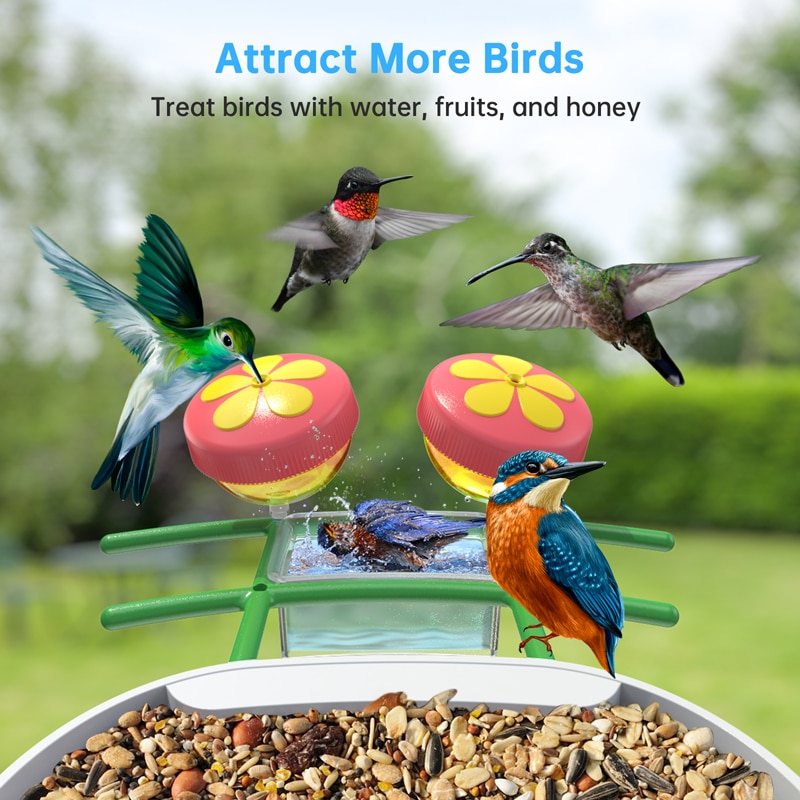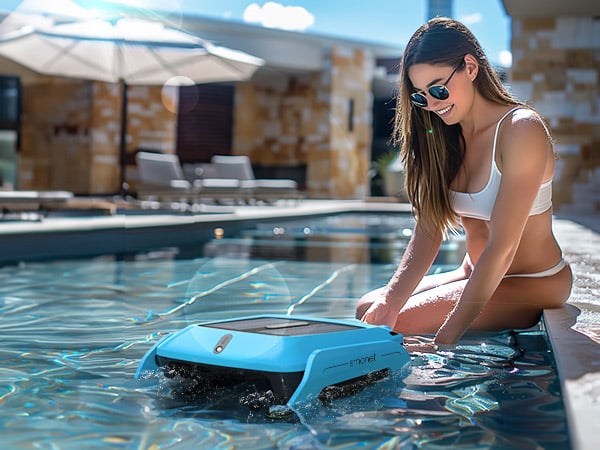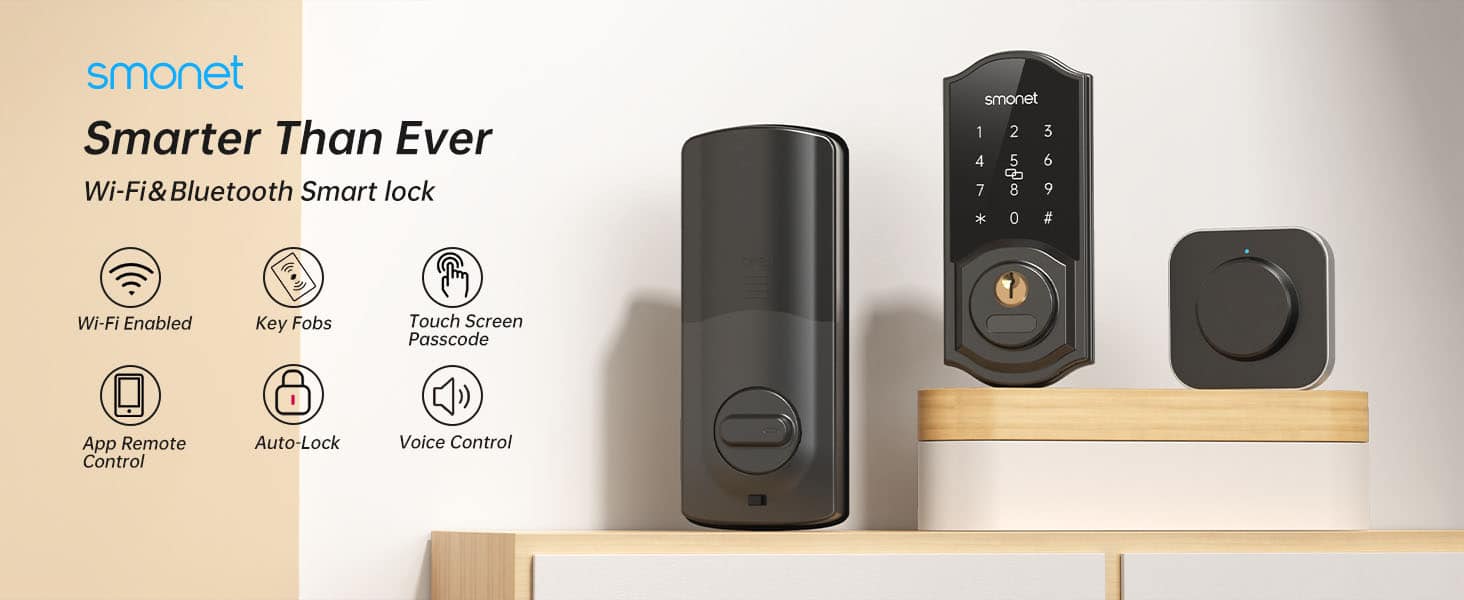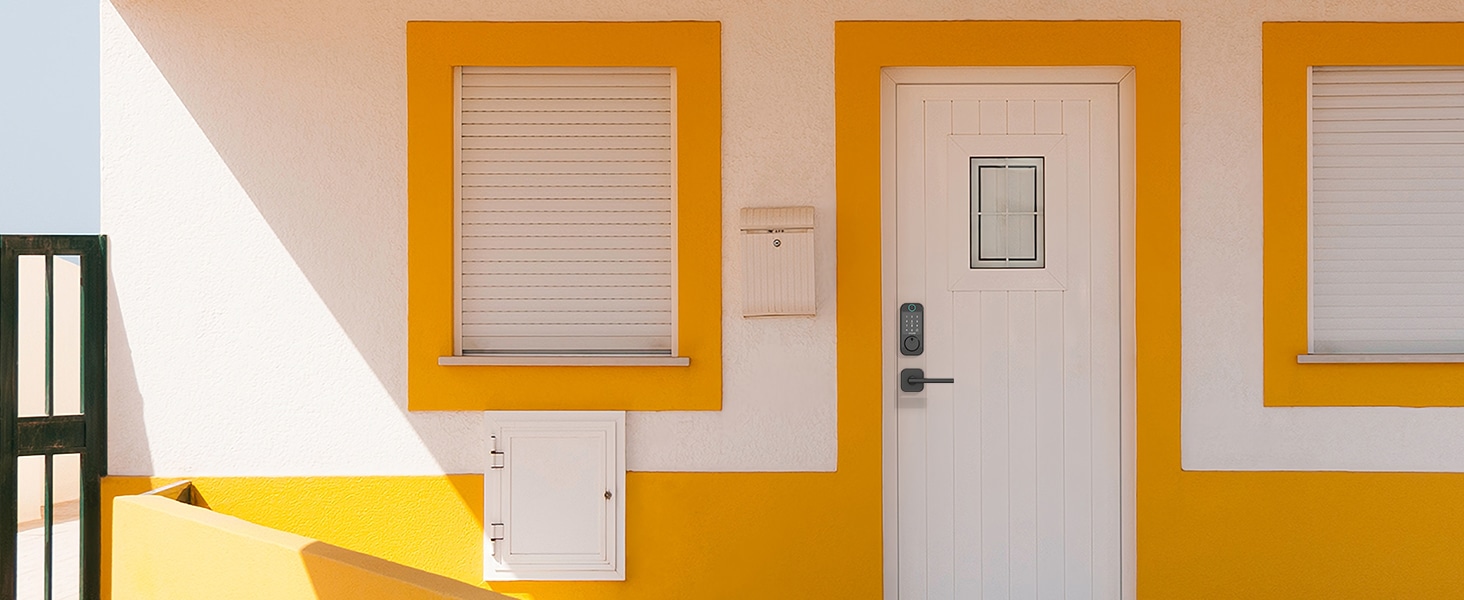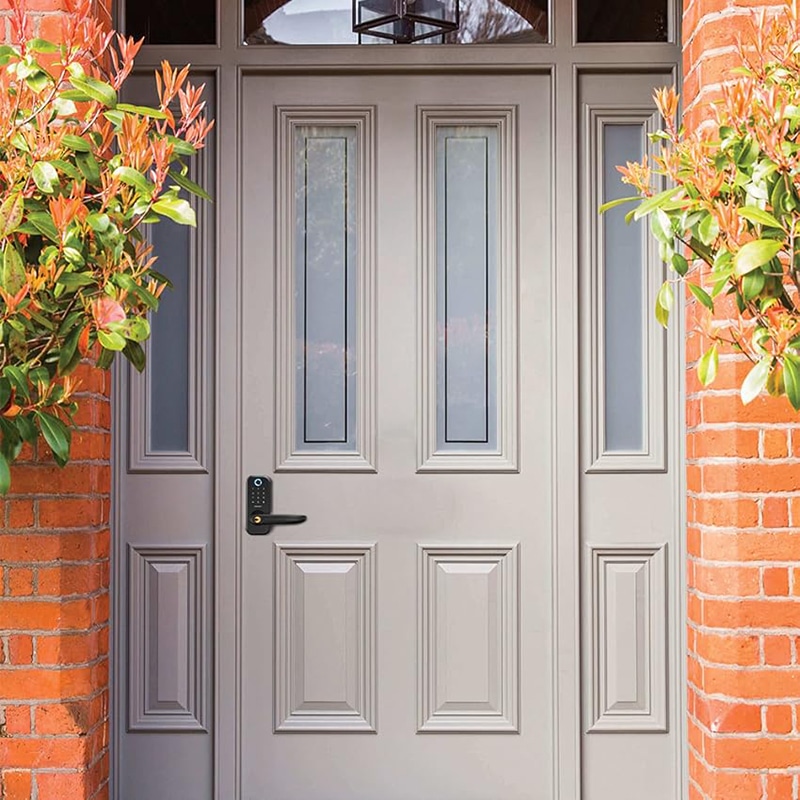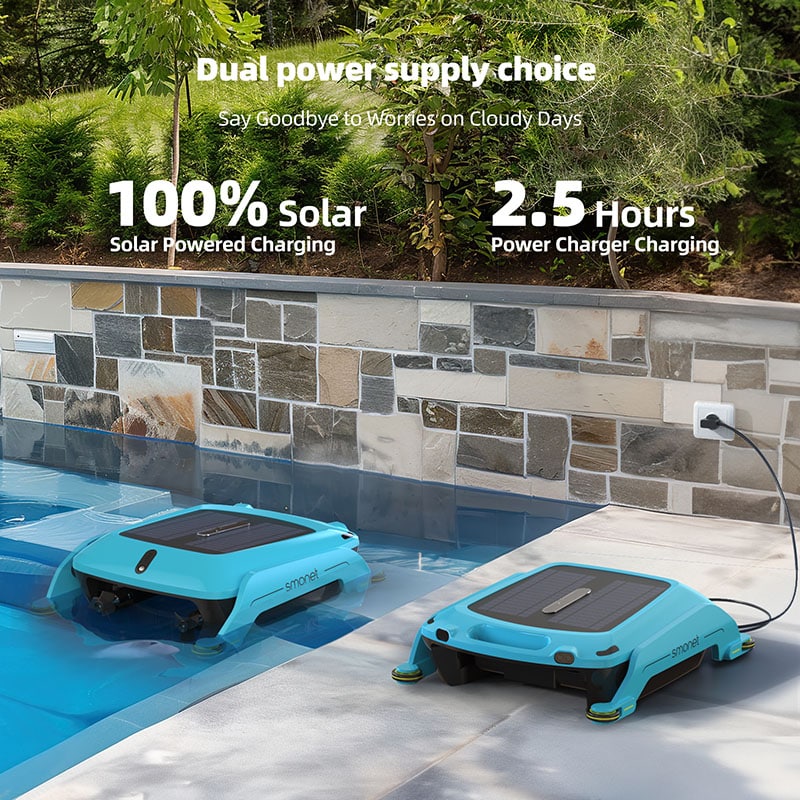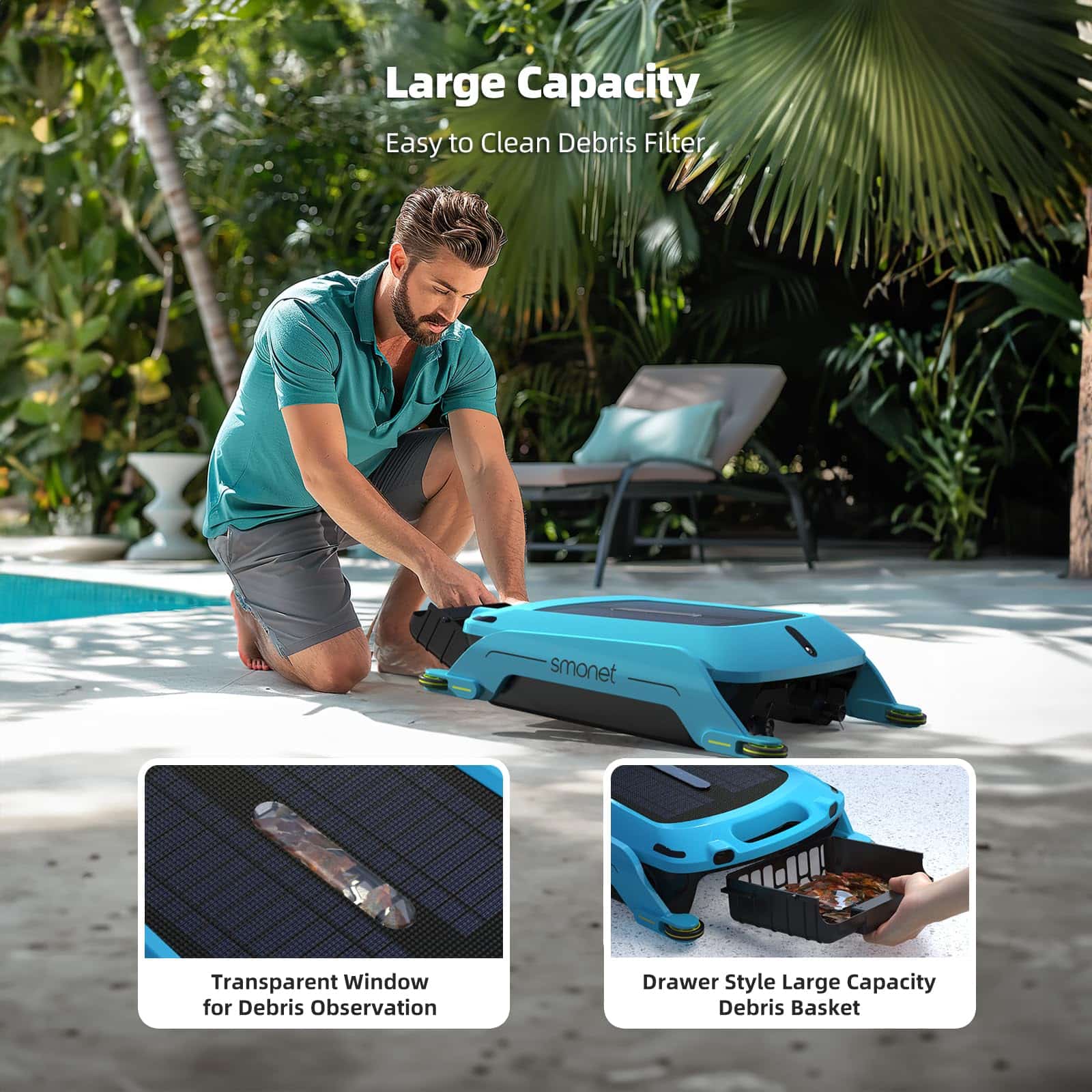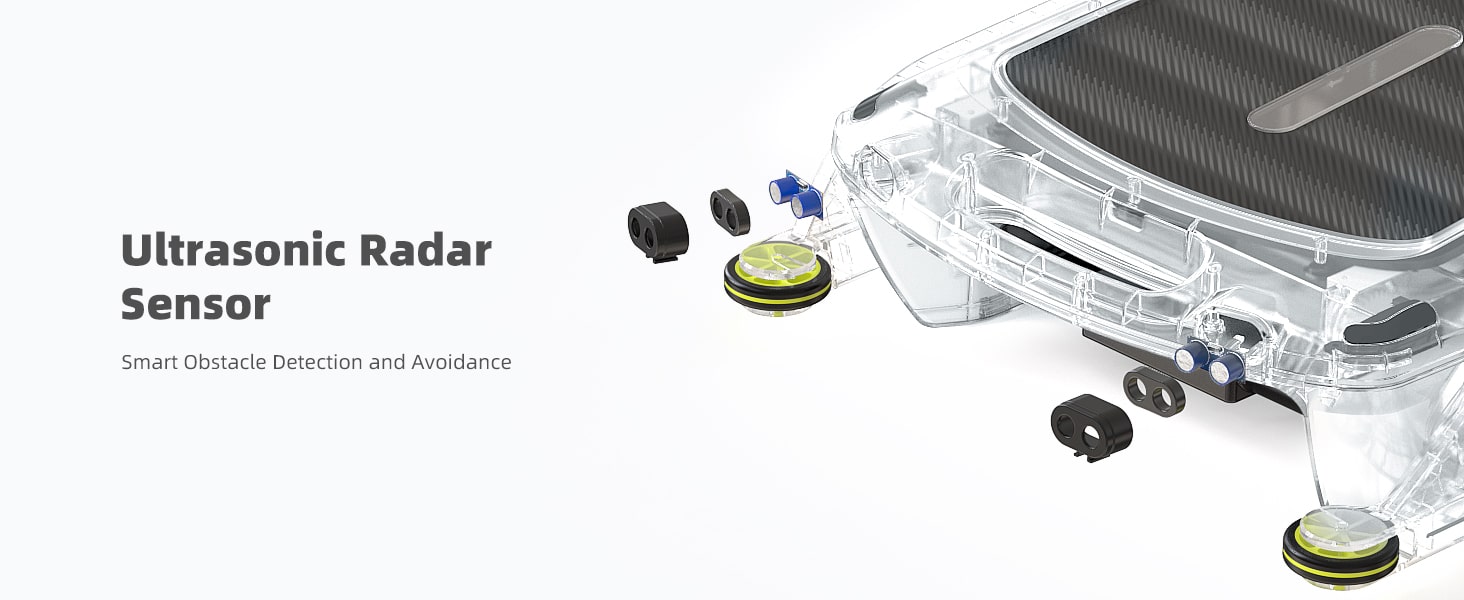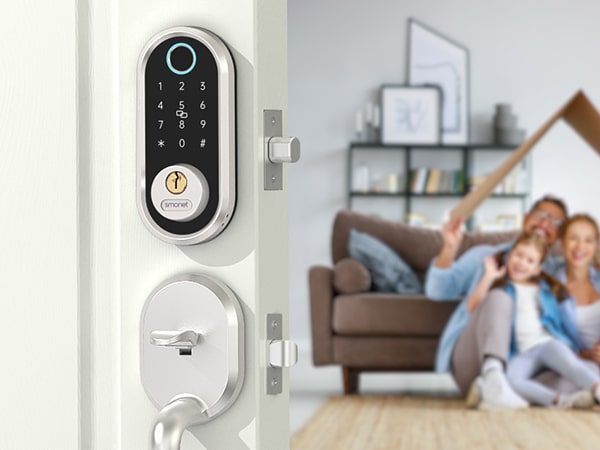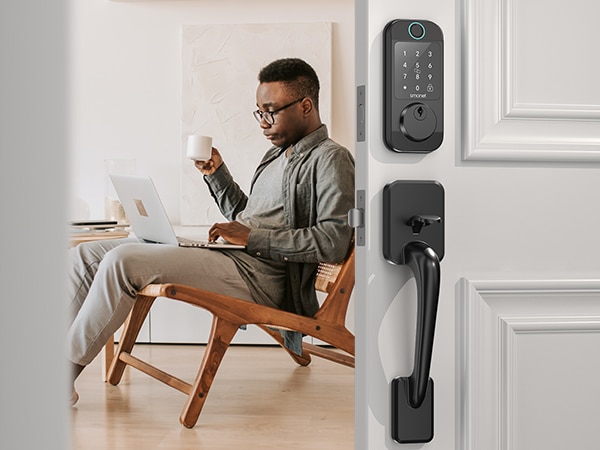Are Bird Feeders Good for the Environment? What Every Backyard Birder Should Know
Bird feeders have become a familiar sight in many gardens and backyards. Whether it’s a traditional seed station or one of the bird feeders modern in design and tech, more people are installing them to attract beautiful feathered visitors. But this rise in popularity raises an important question: Are bird feeders actually good for the environment?
Let’s dive into what science and bird experts have to say—and how your garden bird feeders might be helping or harming the ecosystem around your home.
Table of Contents
The Environmental Benefits of Garden Bird Feeders
Supporting Local Bird Populations
In many areas, natural food sources for birds are disappearing due to urban development, pesticide use, and climate change. Properly placed garden bird feeders can help bridge the gap, especially during harsh seasons when seeds and insects are scarce.
Feeders can be lifesavers during winter, droughts, or after storms. By providing high-energy seeds and clean water, you’re helping local species survive and possibly even increase their populations.
Promoting Biodiversity
Feeders attract a variety of birds—finches, cardinals, chickadees, and sometimes even hummingbirds. A diverse bird population helps control pests naturally, pollinate plants, and even spread native seeds. So, a bird feeder can become a small hub for local biodiversity right in your backyard.
When Bird Feeders Can Become Harmful
Overdependence and Behavior Disruption
If birds begin to rely too heavily on feeders, especially in places where native plants have been removed, it can change their natural foraging behavior. This is why it’s important to balance feeders with native plantings in your garden.
Disease Transmission
Crowded feeders can spread diseases like salmonella and avian pox among birds. This risk is higher if feeders are not cleaned regularly. Moldy seed or unclean surfaces can also harm birds’ health. To avoid this, clean your feeder at least once a week with a mild bleach solution.
Invasive Species and Predators
Bird feeders may unintentionally attract aggressive or invasive bird species like house sparrows or starlings, which can outcompete native birds. Feeders can also draw in predators such as cats, hawks, or even squirrels if not placed wisely.
How to Make Bird Feeders More Eco-Friendly
1. Choose Sustainable Designs
Opt for bird feeders modern in design and use recycled or eco-friendly materials. Look for models that are easy to clean and resistant to mold growth.
2. Prioritize Location and Maintenance
Place your garden bird feeders at least 10 feet from dense shrubbery (to deter cats) but close enough to shelter for safety. Clean them weekly and rotate feeding spots to prevent waste buildup.
3. Feed Responsibly
Use high-quality seed and avoid low-grade fillers like millet or cracked corn (unless you want to attract ground-feeding birds). In spring and summer, offer suet and nectar feeders in moderation.
4. Pair with Native Landscaping
Supplement feeders with native shrubs, trees, and flowers that offer natural food and shelter. This helps birds retain their natural instincts and promotes a healthier ecosystem overall.
What About Smart Feeders?
Today’s bird feeders modern often include cameras, motion detection, and even solar charging. Some, like Smonet’s smart bird feeder, go further by including AI bird species identification and two-way audio. These smart garden bird feeders let you observe birds without disturbing them—great for education, monitoring, and even deterring pests like squirrels.
When used responsibly, smart feeders can be part of an environmentally friendly birdwatching setup. They help reduce unnecessary trips outside (lowering stress to birds), and features like solar power improve energy efficiency.
Conclusion: Bird Feeders Can Be Good for the Environment—If Used Wisely
So, are bird feeders good for the environment? Yes—when they’re used thoughtfully. A clean, well-maintained bird feeder placed in a native-friendly garden can support local wildlife, promote biodiversity, and provide joy to both birds and birdwatchers.
As a final tip, consider upgrading to a modern bird feeder that combines smart features with eco-conscious design. If you’re looking for one that supports solar energy and AI bird recognition, brands like Smonet offer reliable, low-impact solutions for modern backyard birding.
By feeding birds with care, you’re not just giving them a meal—you’re contributing to a healthier environment right outside your door.
Prime Day OFF
Until the End
-
Master Of Cleanliness: Visual Guide To Recognizing And Understanding Your Electric Pool Cleaners
-
Making the Right Choice for A Best Keypad Door Lock: A Guide Based on Material Consideration
-
An Evaluation Of Safety Features In Electric Lawnmower Motor According To Consumer Reports
-
Door Knob With Fingerprint Identification- The Future Of Home Security
-
How To Change Your Smonet Robot Pool Vaccum Effectively
-
Selecting the Ideal Digital Door Lock Style and Color for Your Abode
-
The Efficient Smonet Pool Vacuum: A Comprehensive Review
-
Smonet Vs. Ego Transforming Lawn Care Through Innovation And User Convenience
-
Exclusive Features Of The Smonet Electric Lawnmower: A Comprehensive Review
-
Evolution Of Security- Smart Door Key Lock

